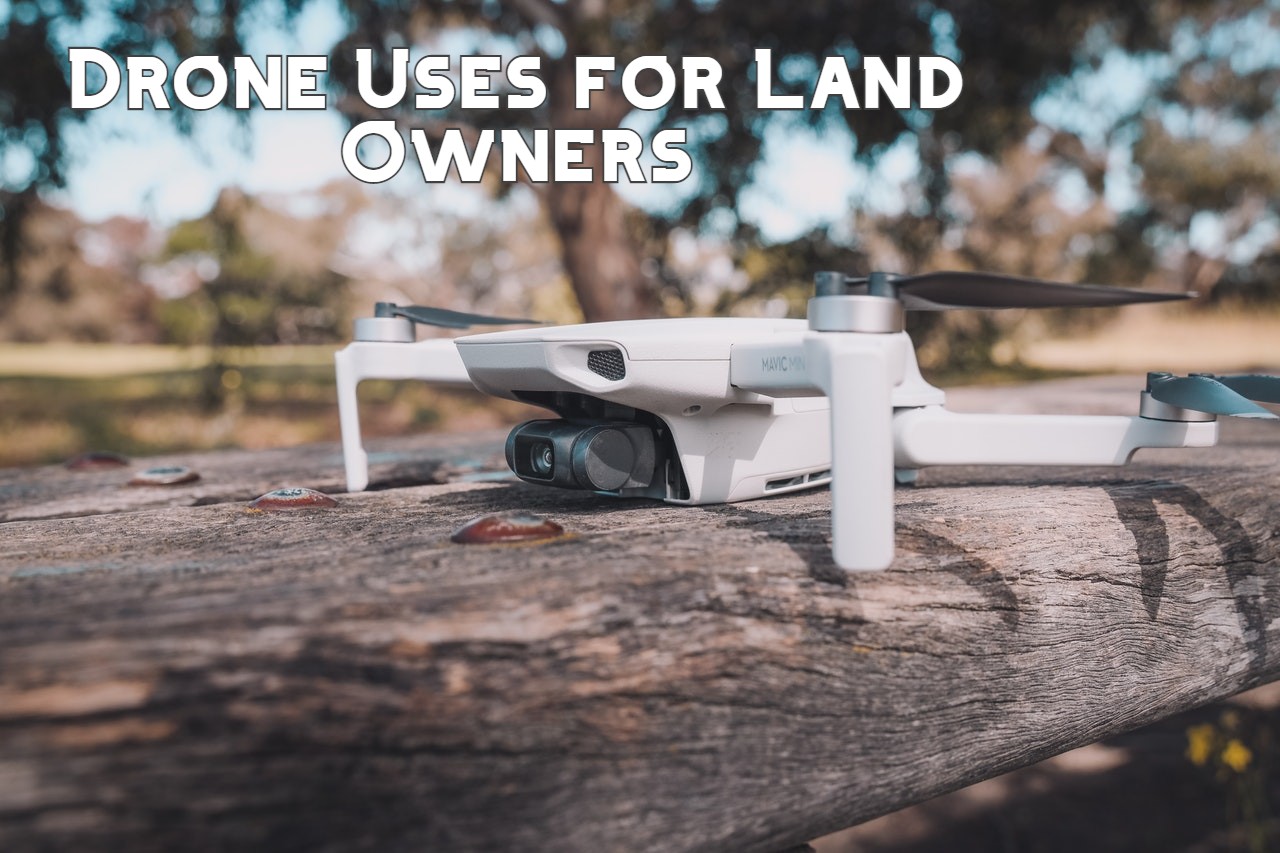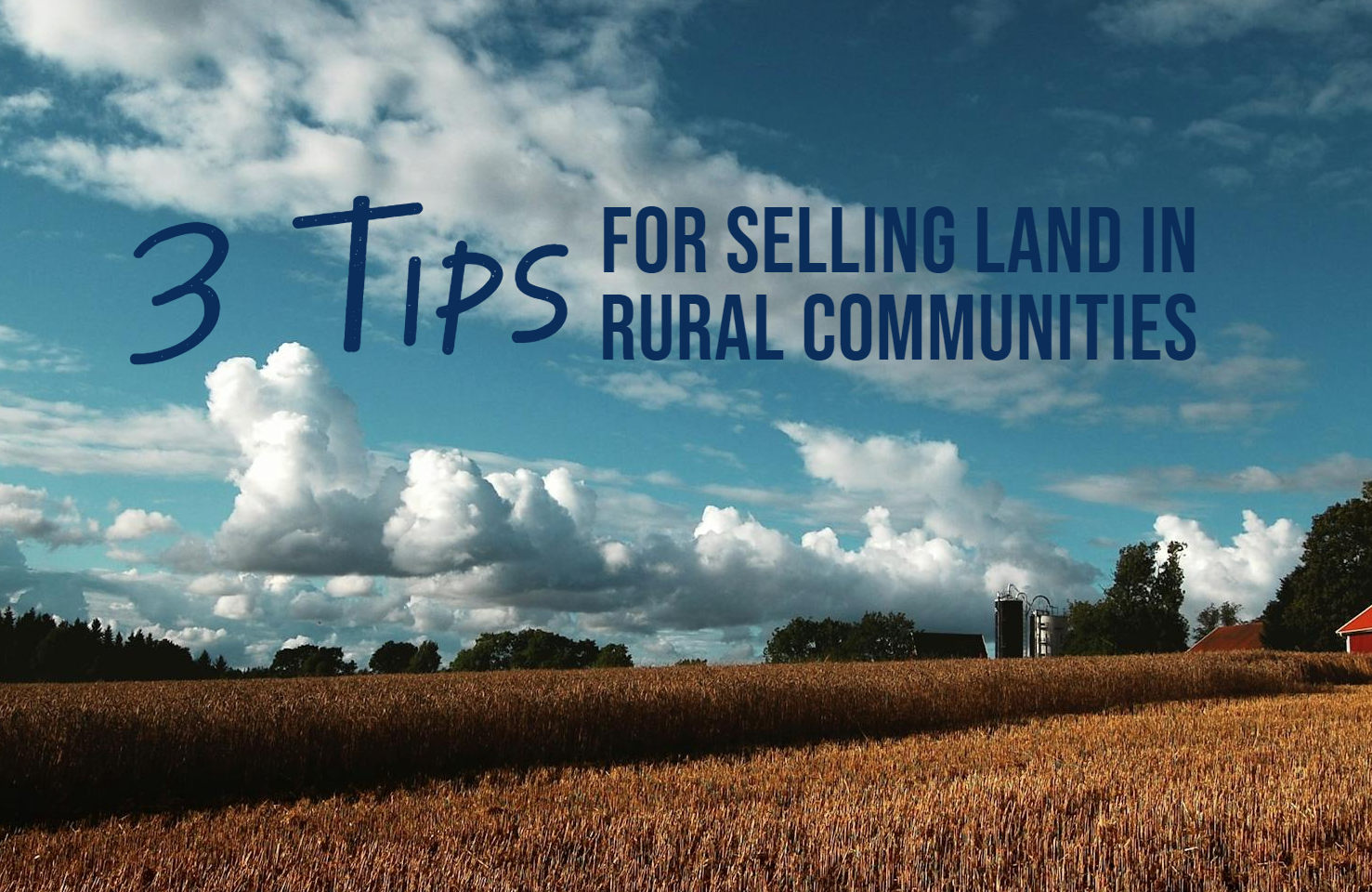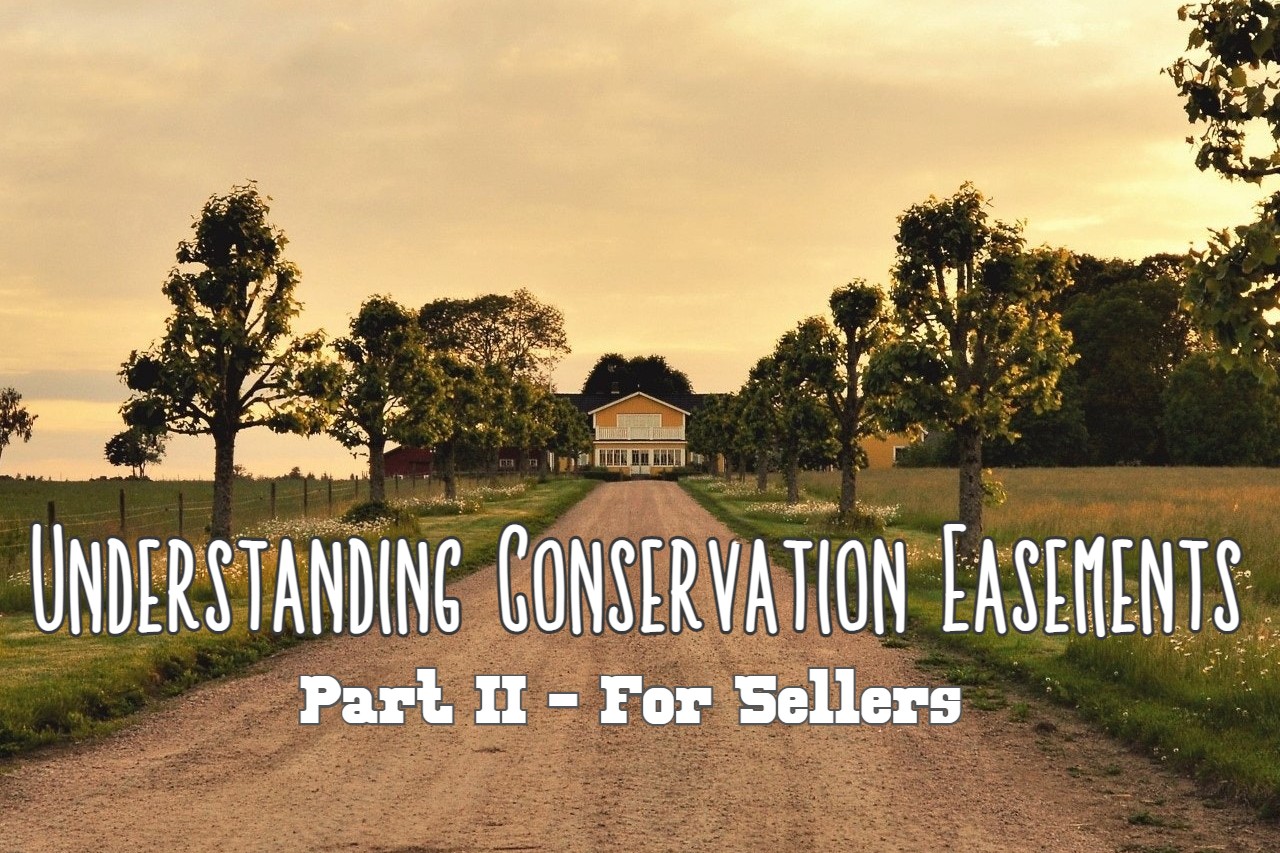Drone Uses for Land Owners
The real estate world has embraced drones for all their potential when it comes to taking great photos and videos for marketing properties that are for sale, but have you considered how a drone might work for you in managing your country property?
There is a lot to know about drones, but in this article we’ll get you some getting-started information, and tips on how you might find a drone helpful around the homestead. There are quite a few practical applications that can make the daily life of a land owner easier.
In its most basic description, a drone is an unmanned aerial vehicle you can control either with a remote or with a connected app on your phone. They can vary from the size of a hummingbird to that of passenger planes and beyond, but the most drones you see are approximately the size of a large dinner plate. As the technology continues to improve, there is also a growing number of add-on options, such as LiDAR and thermal infrared sensors.
Currently, drone usage is protected under the FAA’s regulations pertaining to recreational and hobby uses as long as the drone is under 55 lbs. However, anyone that plans to get into drones should be aware of the FAA’s small UAS rule (14 CFR part 107), which establishes the requirements for registration as a certified remote pilot in the United States. The certification exam covers some of the same information about aeronautical charts and weather reports that you would find on a small aircraft pilot exam, as well as the rules that deal specifically with small UAS. Legally, it is only necessary to have the part 107 license if you plan to fly commercially, but knowing this information will make you a better, and safer, drone pilot.
Why should land owners consider using a drone?
Fly Your Property Line
If you have a large property, you know how long it can take to walk from one end to the other. On a hobby farm, fences are designed to keep your possessions and animals in, and keep people or other animals out. If you don’t have fences, it can still be helpful to check your property line for storm damage, evidence of trespassing or any other unexpected changes.
Planning your Property
A great first use of a drone is to get an aerial view of your property to use for mapping any buildings, water sources, types of vegetation and even topography. You can use these aerial maps for something as simple as getting a better feel for the layout of your land, or as complex as agricultural or silvicultural planning. Before and after images are also helpful to track changes you make over the years.
Check on Livestock
Whether you have a full menagerie, or a few chickens or goats, locating wandering animals (or kids!) on a large property can be challenging. A drone can help you get eyes on your animals a lot faster than searching the property on foot.
Get the High View
A big benefit of drones is not just the speed they can travel, but the height. If you have any outbuildings, a drone can help you check the condition of your roof . In cases of natural disasters such as flooding or wildfires, you can keep an eye on what is happening around you without risking personal injury. If you participate in recreational activities on your land, you can even use the drone for capturing great video of your horses on a trail, kids on the dirt bike course, or scouting areas for future hunting.
Keep an Eye on Crops
Whether you’re a hobby gardener or have a full-scale farm, use your drone to check crops row by row, select which trees to thin out in your forest, assess damage done by hail or rain or even get pictures of potential issues like blight or insect damage. For the advanced drone user, you can upgrade to an agricultural drone. With features like field software that can monitor everything from growth to weeds to lack of water and even crop sprayers attachments, a drone offers loads of possibilities to landowners.












